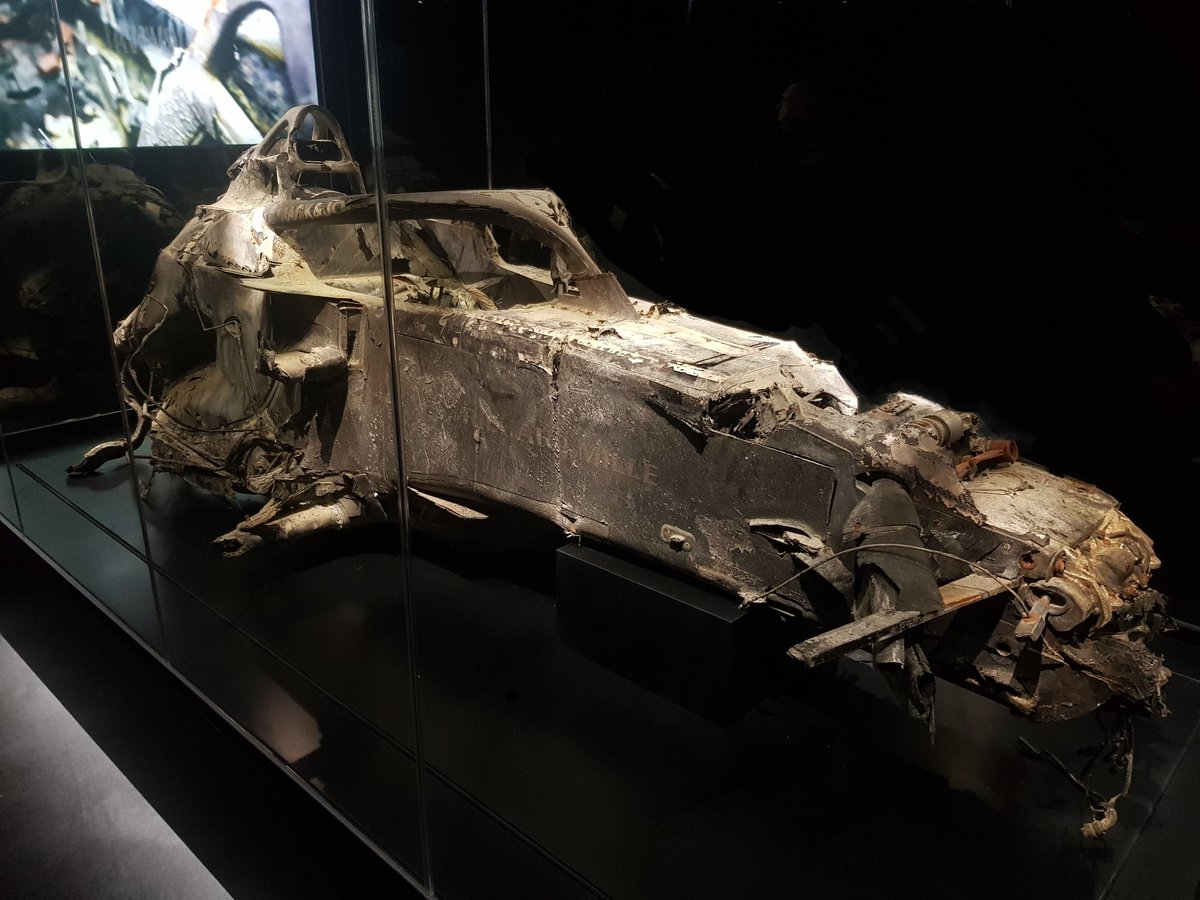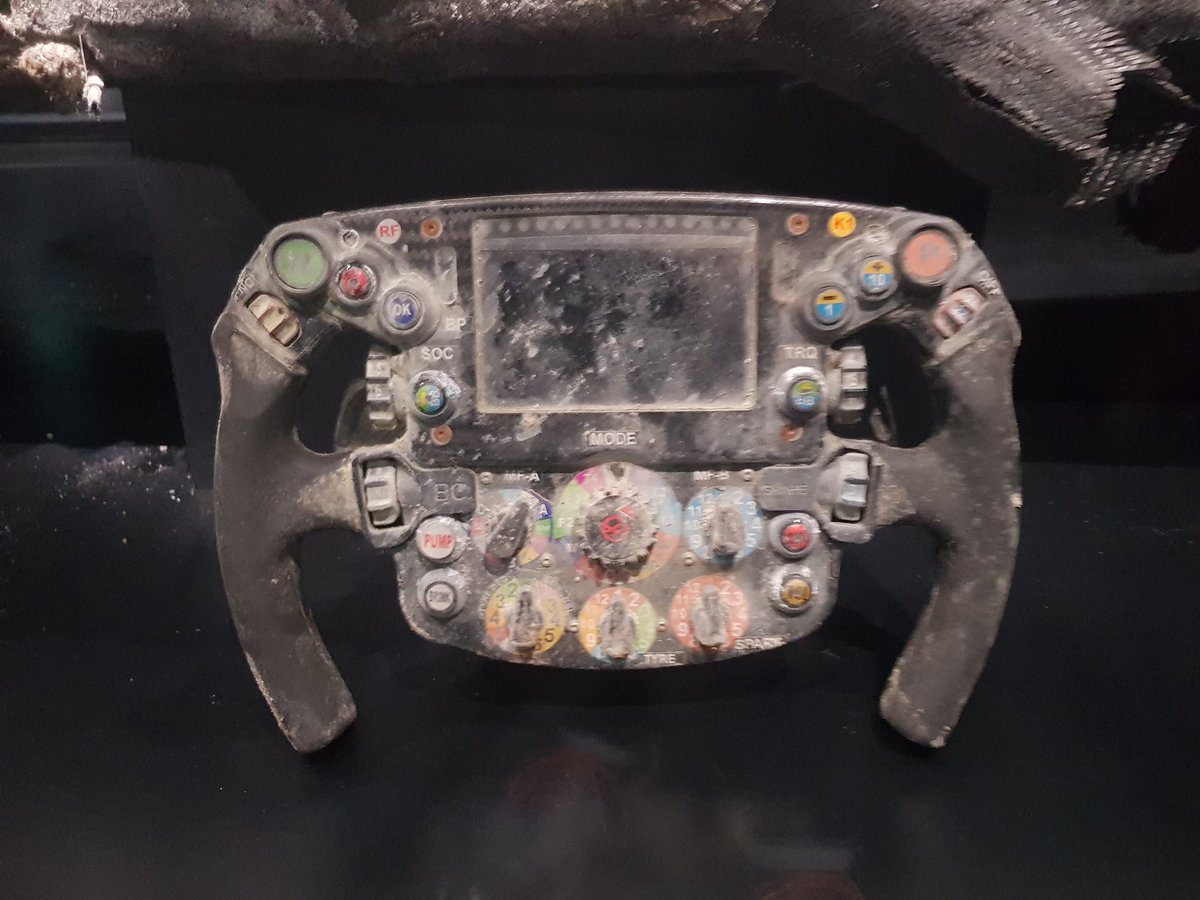During the unveiling of all the new #F1 cars, the terminology of all the shapes and features gets out of hand.
Here's a simple overview of some of the sidepod jargon we use.
Starting with 'coke bottle' this is the way the sidepods slim between the rear wheels
#F1Tech #F12023

Here's a simple overview of some of the sidepod jargon we use.
Starting with 'coke bottle' this is the way the sidepods slim between the rear wheels
#F1Tech #F12023


This year a new term and popular design feature is 'waterslide', also described as downwash sidepods.
It's where the top surface slopes down the rear.
#F1Tech #F12023 #F1

It's where the top surface slopes down the rear.
#F1Tech #F12023 #F1


An old featymure, but one that gets more extreme every year is the 'undercut'.
It's where the front corner of the sidepod tucks in
#F1Tech #F12023 #F1

It's where the front corner of the sidepod tucks in
#F1Tech #F12023 #F1


Ferrari found a unique design last year with the 'bath tub' or ridged sidepod. This features a high shoulder and dipped section within.
#F1 #f1tech #F12023

#F1 #f1tech #F12023


Sidepods are fundamentally there to streamline the car's inner hardware, plus duct air to and from the radiators.
Radiators can be in the sidepods, but it's common to have 'centreline cooling' with radiators above the engine/gearbox.
#F1Tech #F12023 #F1
Radiators can be in the sidepods, but it's common to have 'centreline cooling' with radiators above the engine/gearbox.
#F1Tech #F12023 #F1

Directing hot air out of the sidepods is important. It used to be a low exit through the back of the coke bottle.
#F1 #f1tech #F12023

#F1 #f1tech #F12023


Since last year, the return of the lower (beam) rear wing.meabs teams want to hot turbulent air out over the beam wing, with these 'canon' exits.
#F1 #f1tech #F12023

#F1 #f1tech #F12023


• • •
Missing some Tweet in this thread? You can try to
force a refresh







































